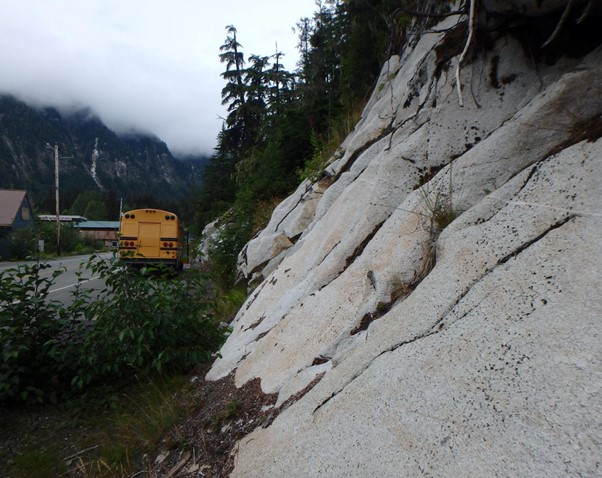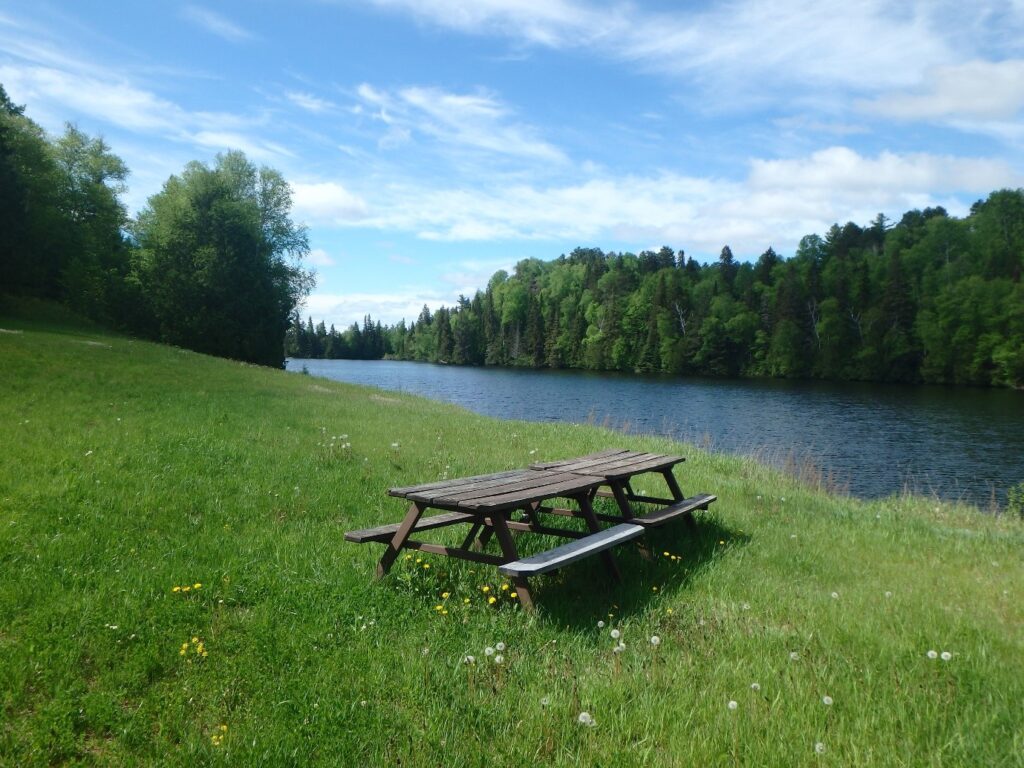
Paul Sotiriou – Friedrich-Alexander Universität, Germany
Like many igneous petrologists, my fascination with the natural world, especially volcanoes and mountains, began when I was a young boy. Choosing to study Geology for my undergraduate degree was a no brainer. It wasn’t, however, until I began studying the ultramafic to mafic plutonic rocks from the Cretaceous Troodos Ophiolite (Cyprus) and Permian peralkaline nepheline syenite pegmatites from the Langesundsfjord (Norway) as part of my BSc and MSc dissertations, that my love for intrusive igneous petrology was really born.

Doctoral studies in Canada
Following my Masters, I went on to do a PhD in Earth Sciences at the University of Windsor, Windsor, Ontario, Canada. I had the opportunity to study Archaean anorthosite-bearing layered intrusions and their spatially and temporally associated volcanic rocks in the Superior Province of Ontario and Manitoba in Canada. These intrusions are characterised by fascinating large ovoidal or spherical plagioclase megacrysts and were an absolute pleasure to study (Fig. 2).


My doctoral research involved conducting fieldwork in beautiful landscapes in Ontario (Fig. 3) and Manitoba, followed by studying the petrography and mineral chemistry of samples from the Haines, Bird River and Mayville layered intrusions. A large part of this involved examining and interpreting the major and trace element and radiogenic isotope geochemistry. My main findings were that these Archaean anorthosite-bearing layered intrusions formed in oceanic and continental back-arc settings by shallow crystallisation of hydrous Al-rich tholeiitic parental magmas. But perhaps more interestingly, I also found that when comparing these intrusions to Tethyan ophiolite-hosted anorthosites that they are analogous. You can read more about these results here, published in Tectonics.
I submitted my PhD thesis in March 2020, just before the first COVID lockdown began in Canada. I had to do my viva on Microsoft Teams, which was a strange but successful experience.
Postdoctoral research in Germany
Despite the ongoing global pandemic, I decided to start searching for postdoctoral positions and in August 2020 I applied for an Alexander von Humboldt Foundation Postdoctoral Research Fellowship based at Friedrich-Alexander Universtität in Erlangen, Germany. My aim was to study potential modern analogues of Archaean anorthosite-bearing layered intrusions in the Talkeetna arc section of Alaska, USA. The rationale behind this was to test whether modern subduction-related analogues of these Archaean layered intrusions existed in well-studied, near-complete fossil arcs. There is ongoing debate as to whether plate tectonic processes operated in the early Earth. Testing the validity of potential subduction-related modern analogues of these Archaean layered intrusions is an exciting way to evaluate whether horizontal or vertical tectonic processes operated in the Archaean.
Just over a year later in September 2021, I commenced my Humboldt fellowship in Erlangen. However, due to continuing COVID restrictions, I was unable to proceed with my planned fieldwork in Alaska, or anywhere else for that matter. This presented a significant problem… how could I carry out my proposed research without conducting fieldwork? Even more frustratingly, I also couldn’t obtain pre-existing samples from Talkeetna. Initially I was quite disappointed, all things considered!
I had to change my approach. Upon arriving in Erlangen, I was instead given the opportunity by my host supervisor to study the Pleistocene (2.2.1.5 Ma) ultramafic to felsic plutonic rocks of the Koloula Igneous Complex (KIC) on Guadalcanal, an island located in the active Solomon Island arc of the southwestern Pacific. Fortunately I didn’t need to change the scope of my Humboldt project as it was possible to change the study location based on the circumstances. Given that the data and samples from the KIC were already available at Friedrich-Alexander Universität, I was able to start working on this complex straight away.

The KIC formed by more than 30 intrusions and can be divided into two main cycles. Both these cycles have a broad compositional range and intrude into Miocene massive and pillow basalts and andesites. Through combining petrography (Fig. 4), mineral chemistry and whole-rock major and trace element and radiogenic isotope geochemistry, I was able to establish that the KIC formed by shallow fractional crystallisation (~2-3 km) of sub-arc mantle-derived basaltic magmas. You can read more about these findings here in Contributions to Mineralogy and Petrology.
Although fascinating, the KIC on its own was not enough for my Humboldt project and so I still had to overcome my Alaskan dilemma. I decided to switch the primary focus of my research to the petrogenesis of plutonic rocks from the Kohistan Batholith in the Kohistan arc section of northern Pakistan in the western Himalayas. The Kohistan arc section is the most complete fossil arc on the planet and offers a phenomenal opportunity to study the formation and evolution of arcs and continental crust. It’s also often compared to the Talkeetna arc section due to this completeness.

With fieldwork still unfeasible, I instead travelled back to the UK in October 2021 to access the rock specimen collection housed at the University of Leicester. After selecting approximately 120 samples from the Kohistan Batholith, I sent them back to Erlangen, where I have spent the past year studying them. So far, I have already obtained petrography (Fig. 5), mineral chemistry and whole-rock major and trace element geochemistry data and am currently in the process of acquiring Nd and Sr isotope data. One of the most exciting things I have found so far is that plutonic rocks with a wide compositional range (ultramafic to felsic) occur in close proximity in the eastern Kohistan Batholith. I’m hoping to publish my findings on the Kohistan Batholith in the near future, so keep an eye out!

Paul is a postdoctoral researcher currently based in Erlangen, where he is researching Mesozoic-Cenozoic subduction-derived analogues of Archaean anorthosite-bearing layered intrusions and their spatially associated tonalite-trondhjemite-granodiorite (TTG) batholiths. He is also studying the formation and evolution of the continental crust in active (e.g., Solomon) and fossil (e.g., Kohistan) arcs. Prior to starting his Humboldt fellowship, he completed his PhD at the University of Windsor, Canada.
Paul is particularly interested in studying the geological processes that operated in the early Earth and comparing these to current geological processes. Combining fieldwork and high-precision modern analytical techniques to understanding the petrogenesis of igneous rocks and continental evolution and formation has been an important aspect of his research to date.
You can get in contact with Paul via email or connect via ResearchGate.
Would you like to be featured on our blog?
We are on the hunt for fellow VIPS enthusiasts to join our VIPS Diaries Series to share their experiences, reflections and personal stories. Whether you’re a student, an early career researcher (ECR) or more experienced researcher – we want to hear from you!
Get in touch at info@vipscommission.org to tell us what’s going on in your field of VIPS.

 Machine learning thermobarometry: a window into the roots of arc volcanoes
Machine learning thermobarometry: a window into the roots of arc volcanoes
Leave a Reply